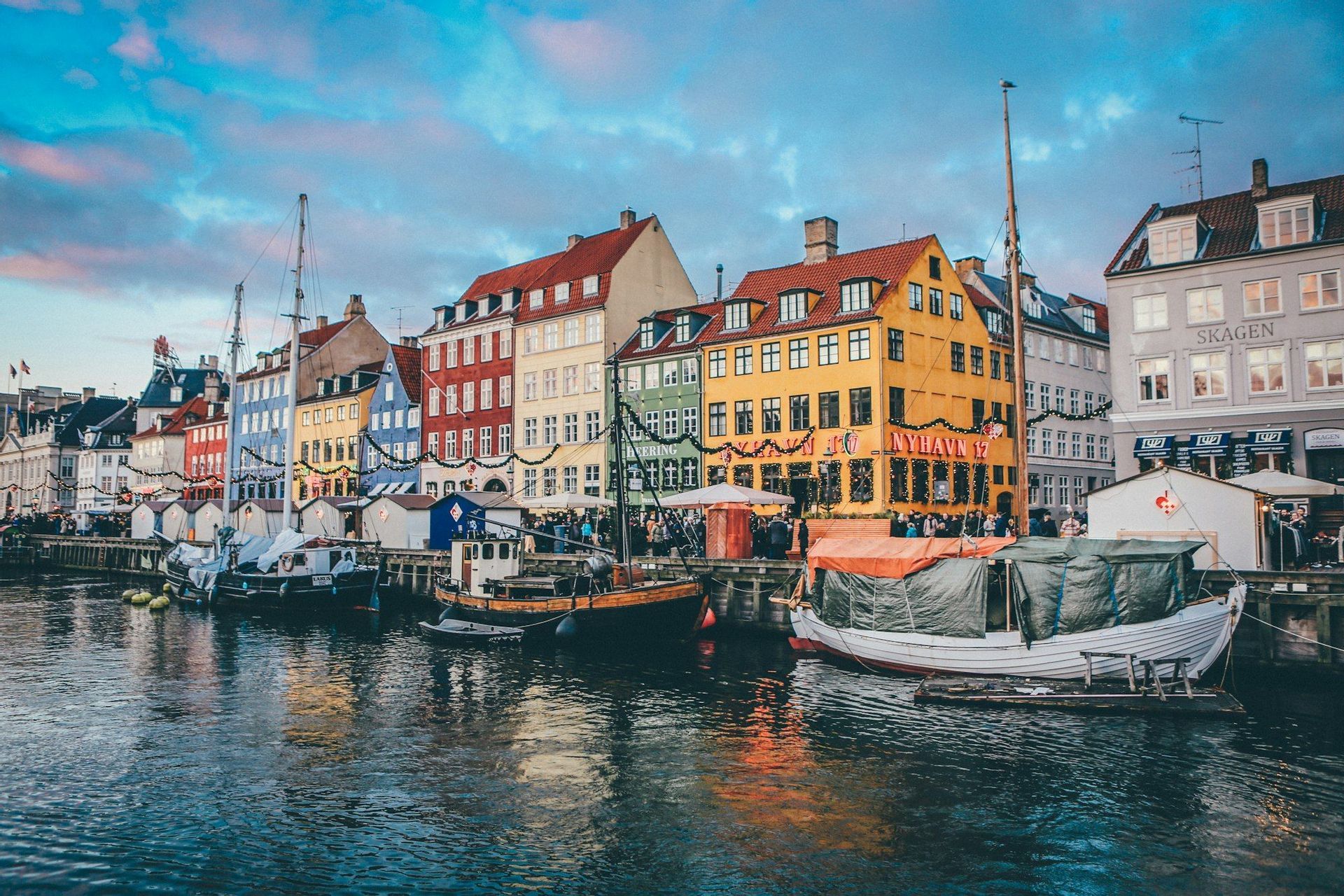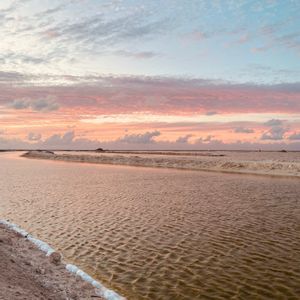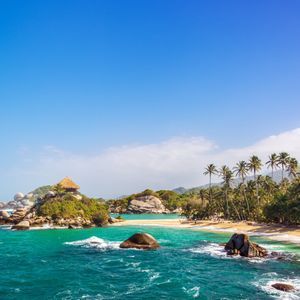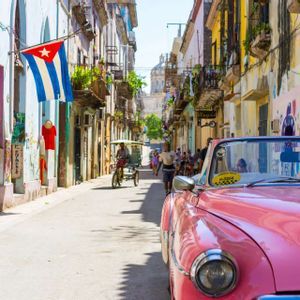
Group trips to Denmark
Our organized trips to Denmark
More than just a fairytale, Denmark invites you into a world where pioneering design meets ancient sagas, creating an unforgettable blend of innovation and deep-rooted charm. From the vibrant, bike-friendly streets of Copenhagen, a hub of cutting-edge gastronomy and modern architecture, to the majestic, UNESCO-listed Kronborg Castle, echoing with centuries of royal history, this captivating nation offers an effortless journey through diverse wonders. Explore the unique natural phenomenon where two seas meet at Skagen, or simply embrace the renowned 'hygge' lifestyle that permeates every cozy café and scenic coastline. Denmark welcomes discerning travelers eager to discover a land of genuine warmth, breathtaking landscapes, and an unparalleled quality of life.
Don’t know where to start? Our best sellers are always a good idea.
FAQs about Denmark
If you are a UK citizen, to find out the entry requirements for Denmark, you can check this informational page from our partner Sherpa. If you need a visa, you can apply for it through Sherpa. If you are not a UK citizen, you can still use Sherpa by changing the nationality in the 'Passport' section.
Before traveling, always remember to check the government website of your country of origin for updates on the entry requirements for Denmark – you wouldn’t want to stay home due to a bureaucratic detail!
- UK residents: review the FCDO Travel Advice.
- US residents: consult the US Department of State Travel Advice.
- Other residents: refer to your government or local consulate's travel advice.
Denmark is in the Central European Time (CET) zone. If it is 12pm in the UK, it will be 1pm in Denmark. In the USA, the time difference varies depending on your location. For example, if it is 12pm Eastern Standard Time (EST), it will be 6pm in Denmark. Denmark also observes daylight saving time, so clocks are set forward one hour on the last Sunday of March and set back one hour on the last Sunday of October.
Denmark uses the Danish Krone (DKK) as its currency. As of the latest rates, 1 GBP is approximately 8.60 DKK, 1 USD is around 7.05 DKK, and 1 EUR is about 7.45 DKK. You can exchange your money at banks, currency exchange offices, or even some hotels. Always check for the best rates to ensure you get a good deal.
In Denmark, you can pay using credit cards, debit cards, and mobile payment apps like MobilePay. Cash is also accepted, but cards are more commonly used. Make sure your credit or debit card has a chip and PIN for smoother transactions. Most places accept Visa, Mastercard, and American Express. It's always a good idea to inform your bank of your travel plans to avoid any issues with your card while abroad.
Tipping in Denmark is not mandatory as service charges are usually included in the bill at restaurants, hotels, and taxis. However, if you receive exceptional service and want to show your appreciation, you can round up the bill or leave a small tip, like 10 percent. It is entirely up to you and appreciated but not expected.
In Denmark, you can take advantage of EU roaming if you're from a European country, so your current SIM might work without extra charges. If you're visiting from outside the EU, consider buying a local SIM or an e-SIM data plan for better rates. Providers like TDC, Telia, and Telenor offer good options. Wi-Fi is widely available in hotels, cafes, and public places, so you should be well-connected during your stay.
In Denmark, the official language is Danish. While many Danes speak excellent English, it might be helpful to know a few local expressions. Here are some you might hear or use:
- Thank you: Tak
- Please: Vær venlig
- Hello: Hej
- Goodbye: Farvel
- Yes: Ja
- No: Nej
These basic phrases can be quite handy during your visit.
In Denmark, the plugs are Type C and Type K. The voltage is 230V with a frequency of 50Hz. If you're coming from a country that uses different plug types, you should bring a universal adapter to charge your devices. This will ensure you can stay connected without any hassle while you travel.
The main religion in Denmark is Christianity, specifically Lutheran Christianity. The Evangelical Lutheran Church of Denmark is the state church and has a significant following. Religious holidays like Christmas and Easter are widely celebrated. In Denmark, you will find that society is quite secular, and there is a high degree of religious freedom, with many people identifying as non-religious or atheist.
Here's what you should consider packing for your trip to Denmark, keeping in mind its often cool and windy climate:
1. Clothing:
- Lightweight layers
- Warm sweater or fleece
- Waterproof jacket
- T-shirts and long-sleeve shirts
- Comfortable pants or jeans
2. Shoes:
- Comfortable walking shoes
- Waterproof boots
- Casual sneakers
3. Accessories and Technology:
- Universal travel adapter
- Portable charger
- Camera or smartphone
- Sunglasses
- Backpack rain cover
4. Toiletries and Medication:
- Basic toiletries (toothbrush, toothpaste, deodorant)
- Sunscreen
- Lip balm
- Common travel medication (pain relievers, motion sickness tablets, antihistamines)
Denmark can be chilly, especially outside of summer, so we recommend you pack accordingly and be prepared for rain.
Denmark has a temperate maritime climate, with mild winters and cool summers. Here’s what you can expect:
- Winter (December to February): Cold and damp, with temperatures ranging from 0 to 5°C. It can snow, but it's not very common.
- Spring (March to May): Gradually warming up, with temperatures between 5 to 15°C. This season can be quite rainy.
- Summer (June to August): Pleasantly cool, with temperatures from 15 to 25°C. It's the sunniest time of the year, perfect for outdoor activities.
- Autumn (September to November): Cool and windy, with temperatures dropping from 15 to 5°C. It gets rainier as the season progresses.
The best time to visit is in the summer, from June to August, when the weather is most favorable for exploring the country's many attractions.





